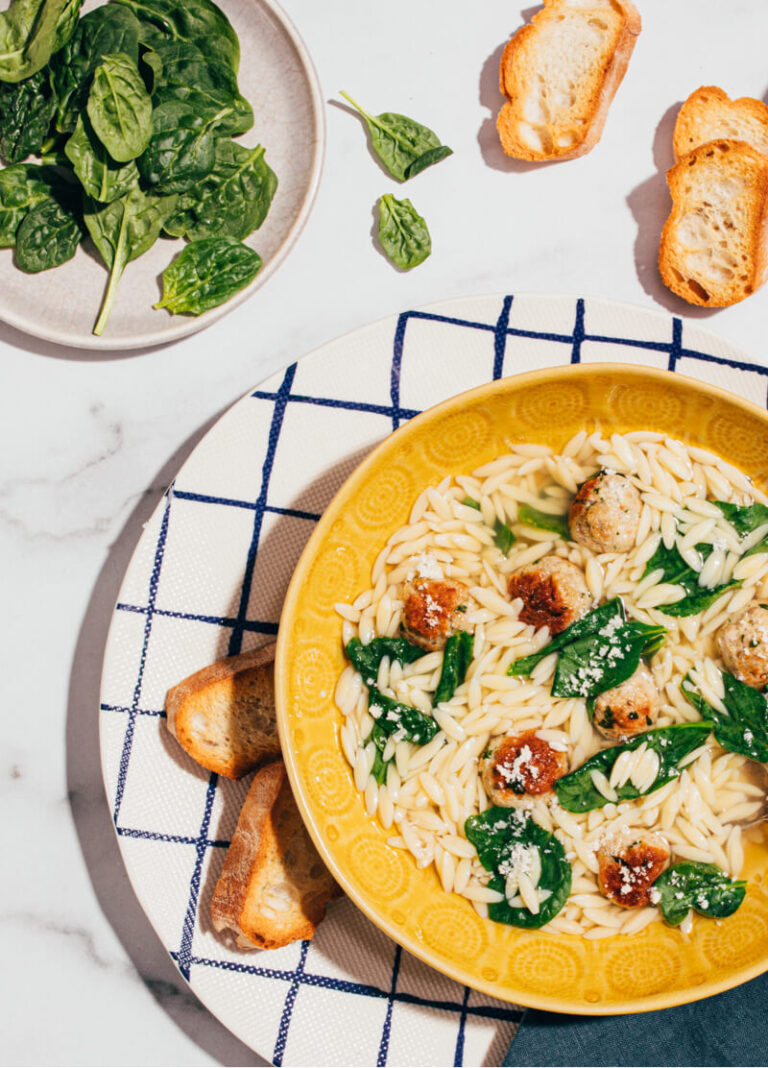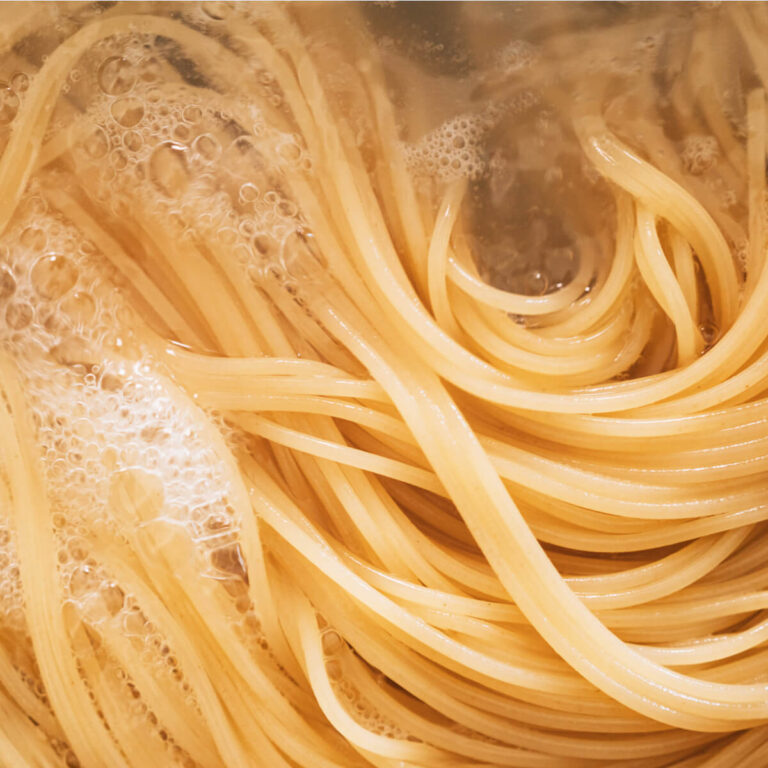Inspiration
4 Pasta Sauce Herbs to Grow at Home
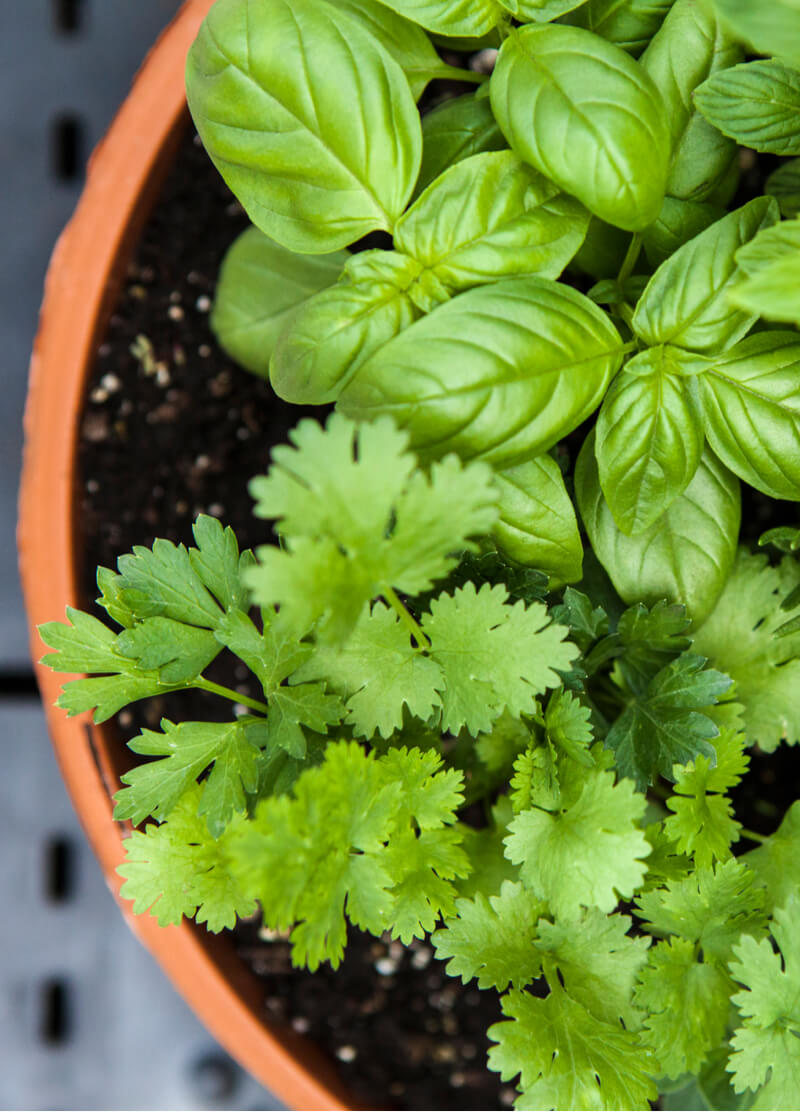
The pot of pasta sauce is simmering on the stove, ready for a little something. Thyme. Oregano. Basil. Pluck, sprinkle, stir. Serve mouthwatering, fresh-tasting pasta meals with these top four herbs for pasta sauce. Grown right on (or near) your windowsill for yearlong pasta creations in any region.
Let’s start your pasta sauce garden.
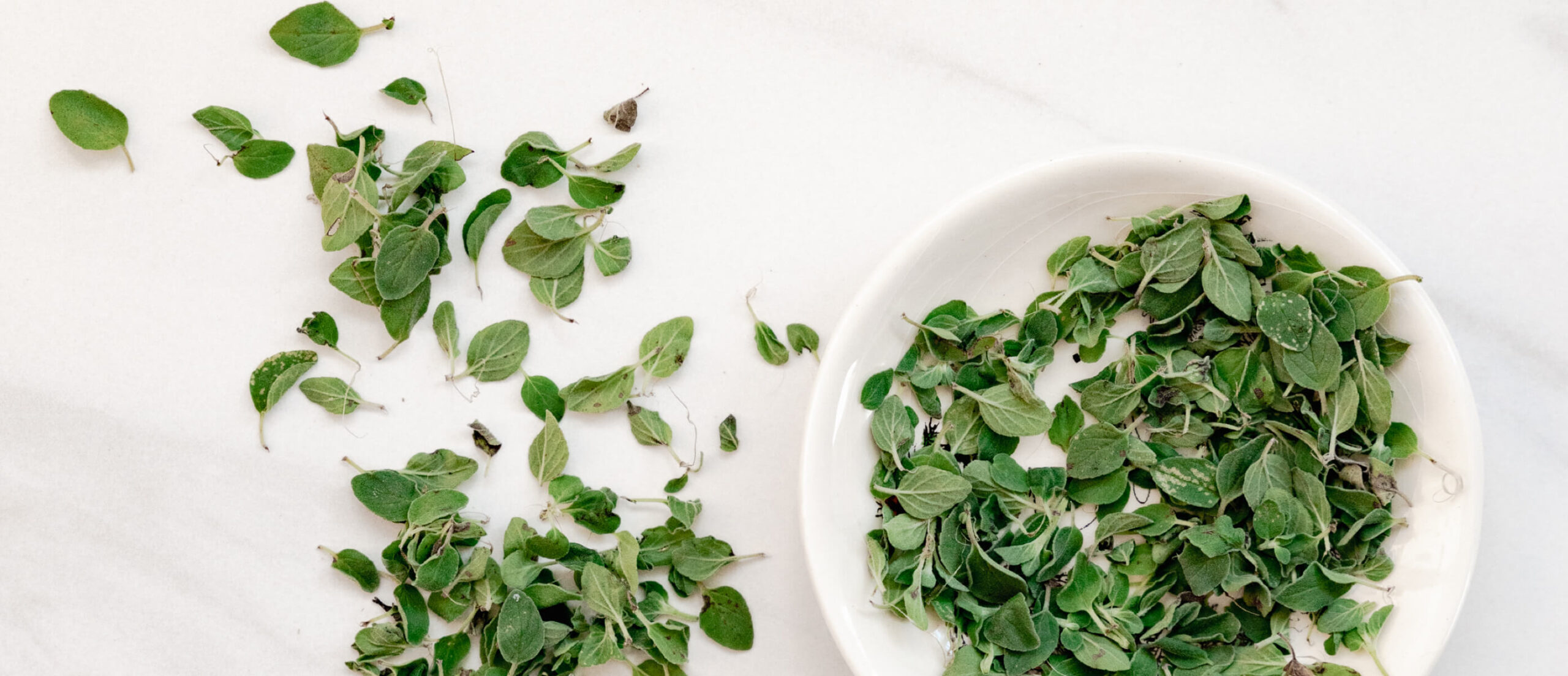
1. Oregano
Orega-no? More like Orega-YES! Of all the Italian herbs to grow, Italian oregano wins our hearts. Its large leaves and pretty white flowers make for a beautiful sight — and incredible aroma, not to mention its deliciously earthy, slightly minty flavor. Full-grown Italian oregano reaches 12-18 inches tall and about as wide.
This perennial plant is hardy, flourishing well in an indoor container, but it does enjoy basking outside in the sun during warmer months. Who doesn’t? Here’s how to get started with your own Italian oregano.
Planting Guidelines Using a Starter Plant
- POT: 12-inch terracotta pot with drainage.
- SOIL: Loose, a mix of potting soil and sand, perlite, or other coarse material for good drainage.
- FERTILIZING: Minimal to none. If using fertilizer, make sure it’s safe for edible plants.
- SUN: Minimum 6 hours full sun; rotate the pot at each watering. If it begins getting leggy — more height than foliage — it needs more sun. If using a grow light, keep on 12 hours per day.
- CONDITIONS: Avoid drafty areas and keep them warm all year long.
- WATERING: Keep soil near roots consistently moist until roots are established (several weeks after planting), then water only when soil is dry to the touch.
- HARVESTING: Wait to harvest until the plant is 4-6 inches tall, then harvest often. It actually encourages your plant to grow! To harvest, cut the stem to leave an inch to allow regrowth. Pinch the stem between finger and thumb, dragging down the stem to pull off the leaves.
- SEASONING: Drop fresh leaves into the sauce toward the end of cook time to retain the most flavor.
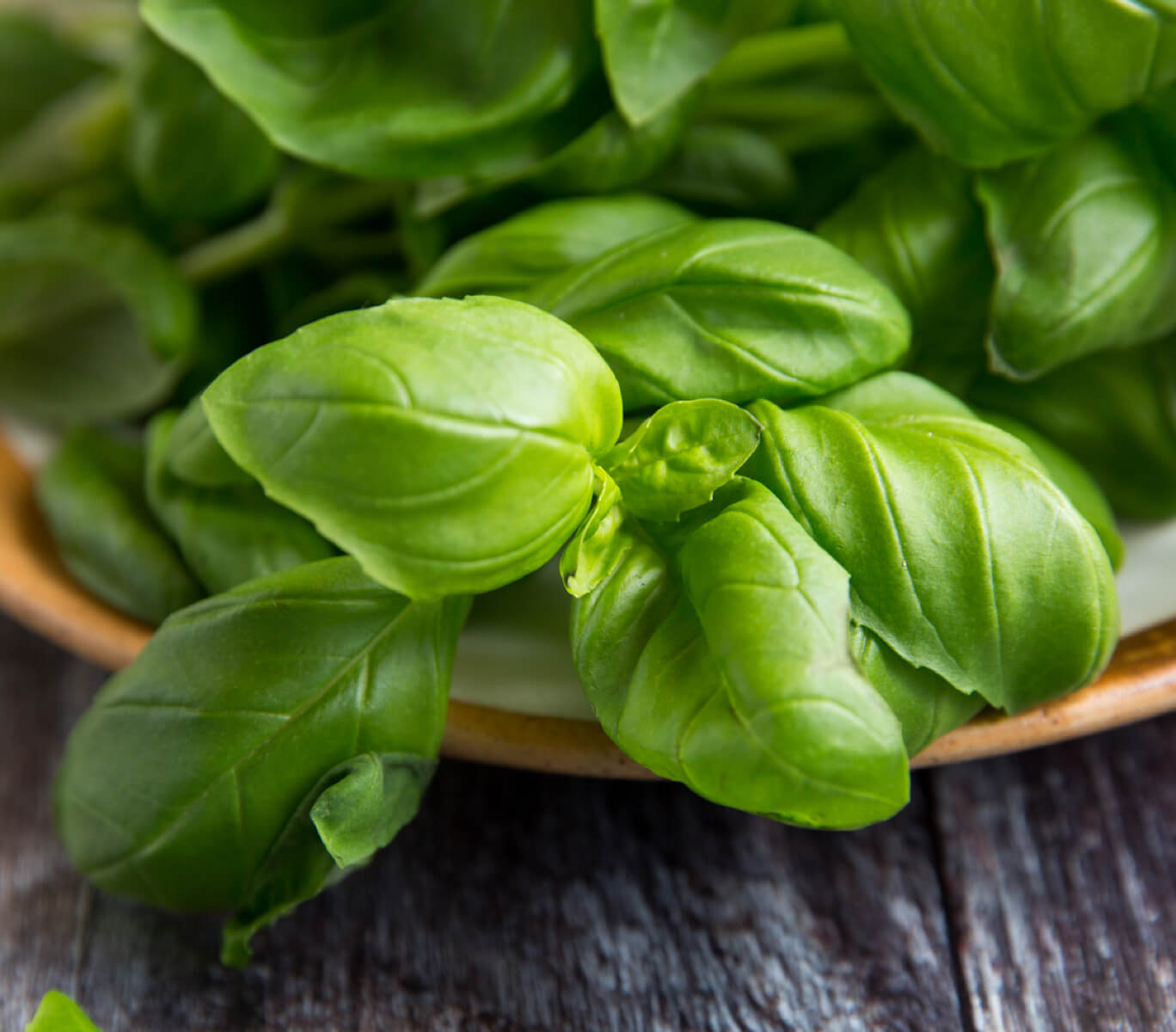
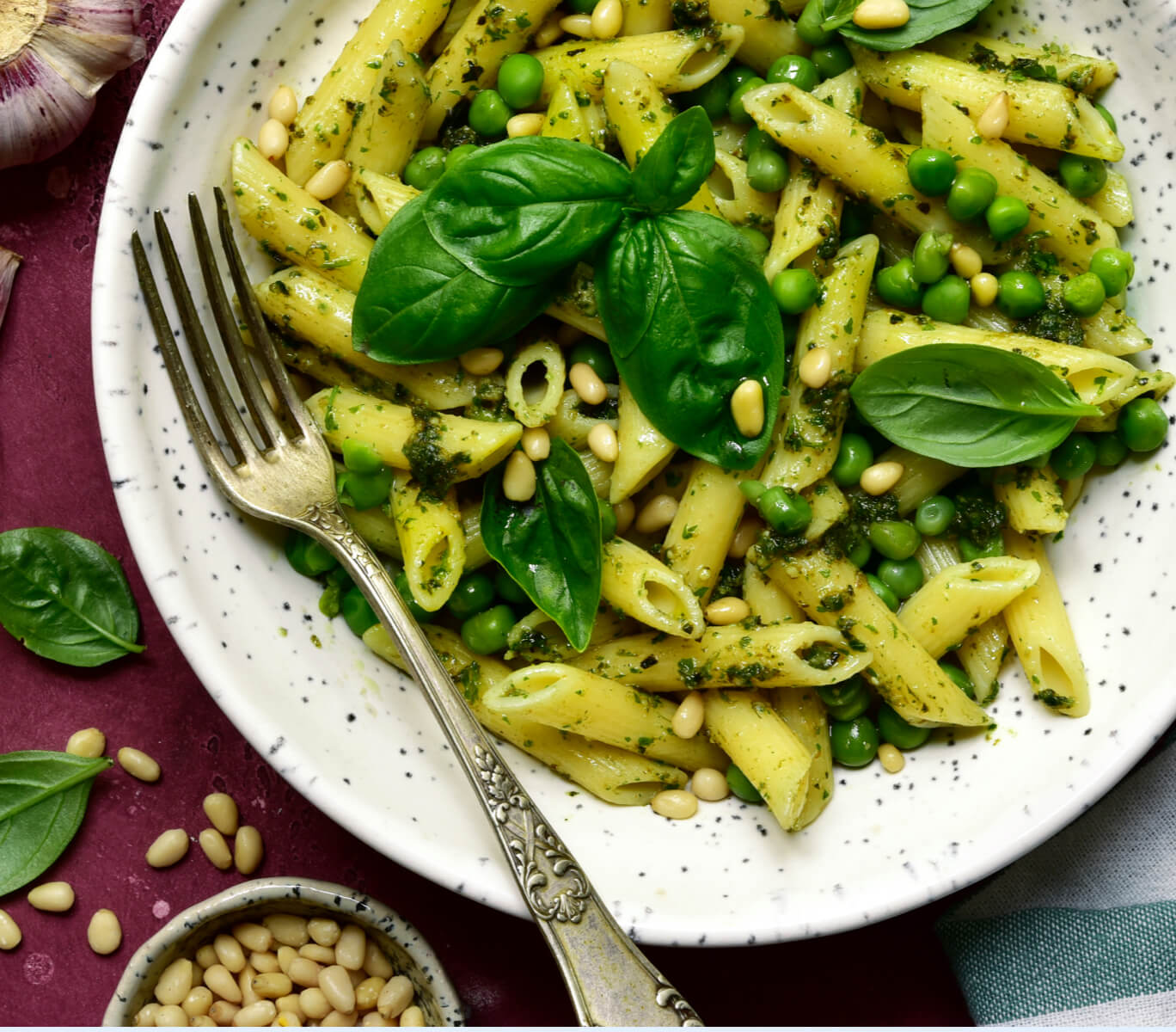
2. Basil
One of the easier herbs to grow at home, basil is a deliciously aromatic addition to your pasta sauce seasonings. And, it’s the core ingredient in vibrant pesto. A perennial when planted indoors, this hardy herb can grow up to 2 feet tall and needs a 16-18-inch pot.
Basil loves sunlight, warmth, and a cozy home — kind of like us. While beautiful, basil’s flowering blooms can have a negative impact on flavor. Pinch off the flowers as they grow, and remove the center shoot entirely to discourage flowering.
Planting Guidelines Using a Starter Plant
- POT: Well-draining, 4-inch fabric pot or sized just big enough for the starter plant. It will need frequent repotting into larger pots as it grows.
- SOIL: Loose, high-quality potting soil mixed with compost — a nutrient-dense but high-draining combo.
- FERTILIZING: Nitrogen-rich fertilizer or compost.
- SUN: Minimum 6 hours full sun; rotate the pot at each watering.
- CONDITIONS: Avoid drafty areas and keep them warm all year long.
- WATERING: Water when the top 1-2 inches of the soil is dry. Give it a good misting every few days. (Thankfully, basil is drought-tolerant, so don’t stress if you miss a watering.)
- HARVESTING: Wait to harvest until the plant is 6-8 inches tall, then harvest often as it encourages growth. But don’t harvest more than a third of the plant at a time. To harvest, cut the stem at the point where it meets a set of leaves, leaving at least several leaves on to encourage growth. Pinch the stem between finger and thumb, dragging down the stem to pull off the leaves.
- SEASONING: Basil is most flavorful when fresh, so drop into the pasta sauce pot a few minutes before removing the pot from the heat (or save a whole batch to make pesto!).
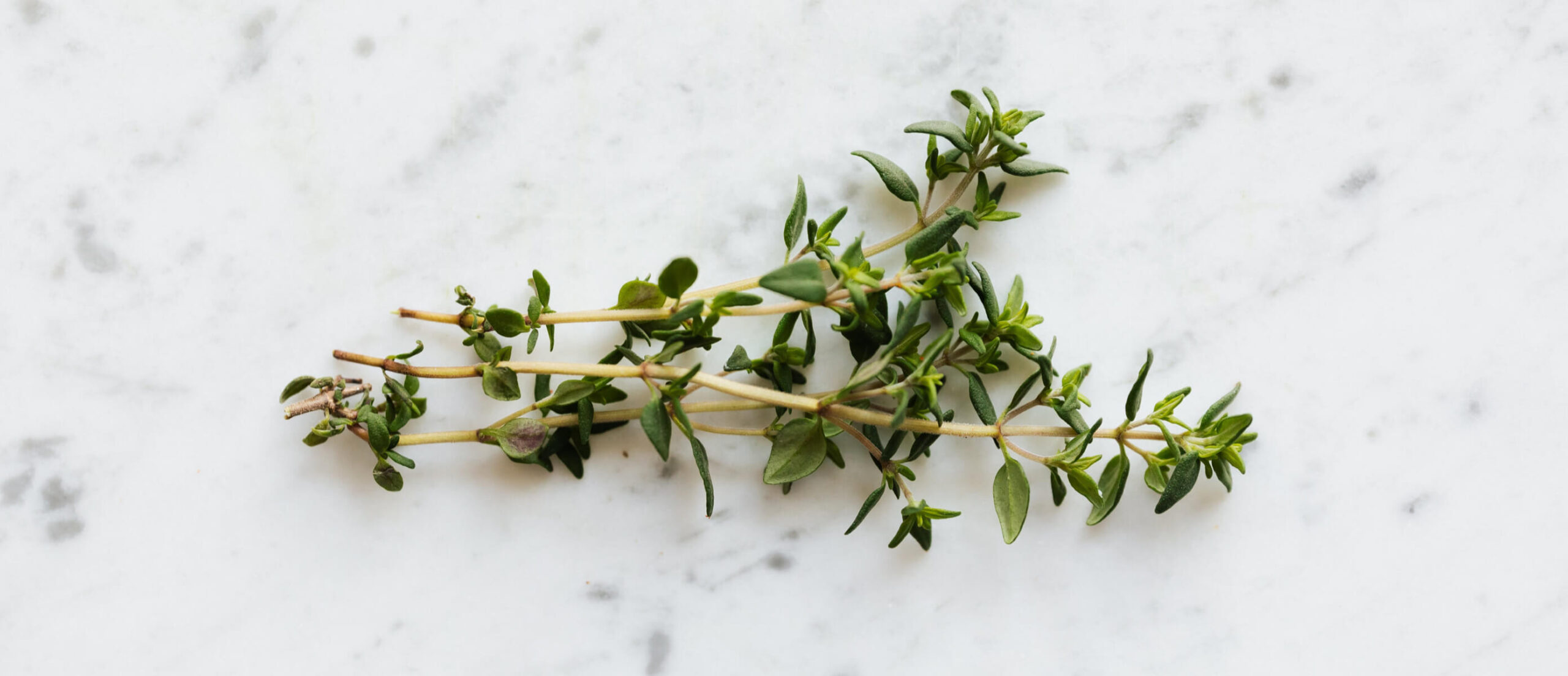
3. Thyme
Time for thyme! There are more types of thyme than shapes of Ronzoni pasta (we couldn’t believe it either). Lemon thyme in particular is excellent for cooking and offers an incredible citrusy aroma. Thyme can grow up to a foot in just one season — plenty for cooking and sharing!
This perennial is a simple herb to grow at home, often hailed as the herb of choice for beginner gardeners because of its average soil needs, watering schedules, and drought tolerance. It can be prone to some pesky pests, as are most indoor herbs, so keep a bottle of neem oil handy.
Planting Guidelines Using a Starter Plant
- POT: Well-draining, 4-inch clay or terracotta pot with adequate drainage.
- SOIL: High-drainage mix of dry soil and sand or gravel.
- FERTILIZING: None. Booyah.
- SUN: Minimum 8 hours full sun; rotate the pot at each watering.
- CONDITIONS: Avoid drafty, humid areas, ensuring consistently warm temps.
- WATERING: Saturate at watering then let soil fully dry in between waterings.
- HARVESTING: Wait to harvest until 6-8 weeks after planting your starter. Just snip off the leafy parts of the plant where it meets the woody part. You can harvest regularly, but doing so just before the flowers bloom gives it the most flavor.
- SEASONING: Fresh thyme in your pasta sauce or garnished on top of the finished plate offers the most flavorful experience.
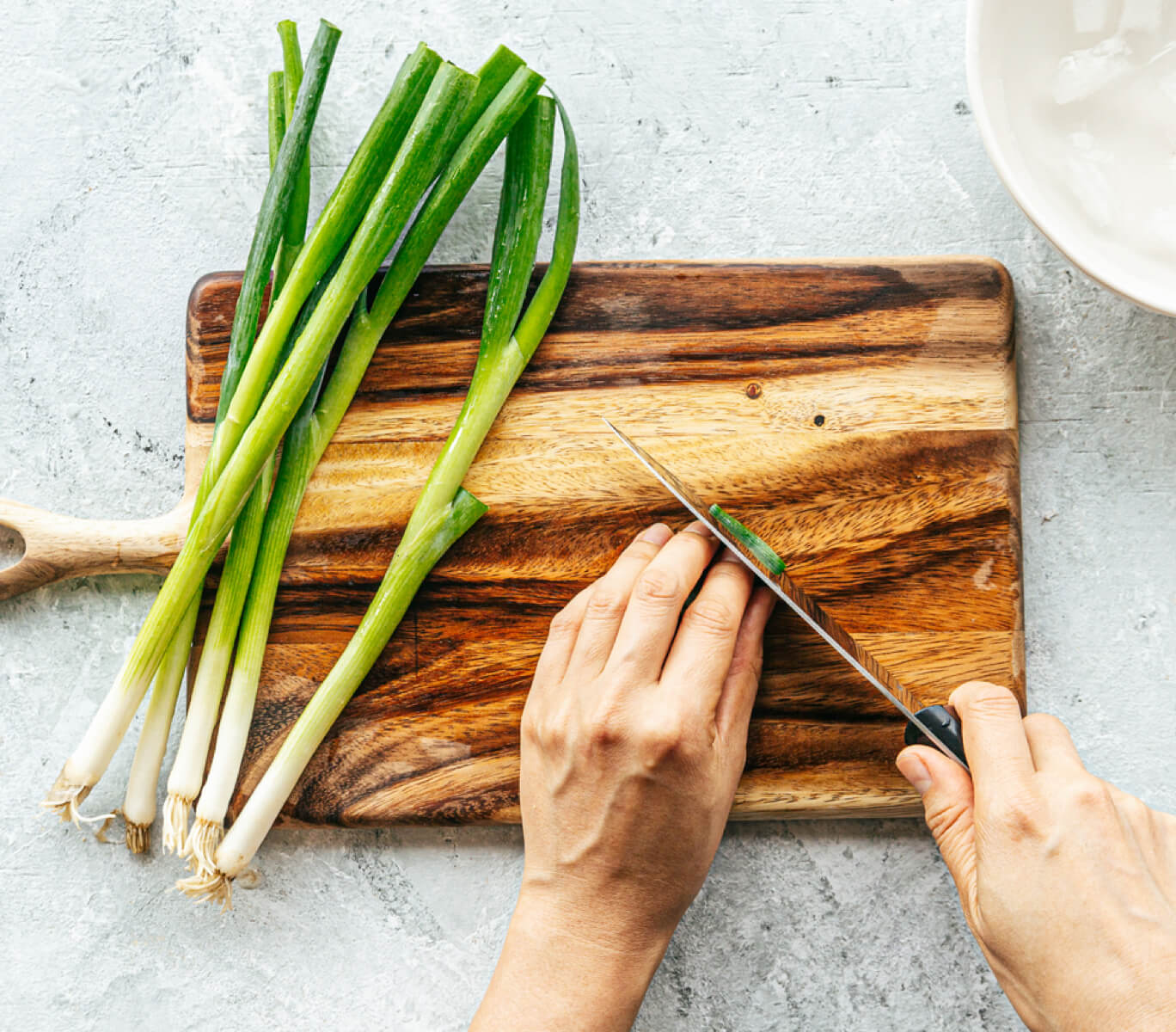
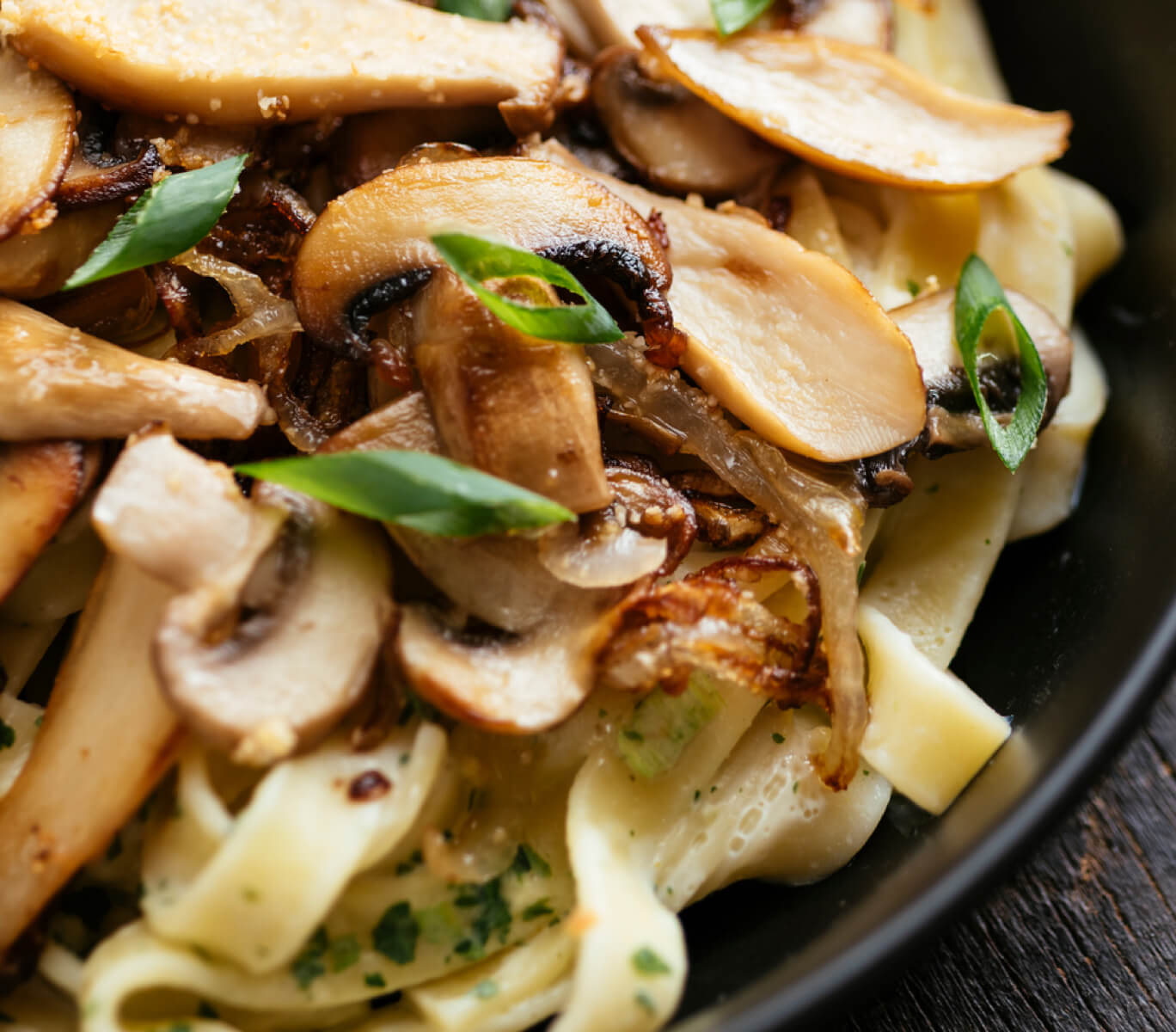
4. Green Onions
Okay, so this one is not technically an herb. But it’s a staple in many pasta recipes and worthy of this “herbs for pasta sauce” list. Also known as scallions, green onions are brimming with flavor and contribute a light aroma. They don’t need a ton of space. Several plants can fit in one pot, making it a perfect indoor perennial.
While various varieties exist, the Evergreen Hardy White is a gem we enjoy. This quintessential windowsill plant thrives through all seasons and grows fast. With anywhere from two to five harvests each year, you’ll have all the green onion’s spicy zest you could dream of.
Planting Guidelines Using a Starter Plant
- POT: Well-draining fabric pot 6 inches deep. Multiple plants can go into one pot, spaced 3-4 inches apart.
- SOIL: High-quality potting soil mixed with compost.
- FERTILIZING: Minimally, as needed, using organic fertilizer.
- SUN: Minimum 6 hours full sun; rotate the pot at each watering.
- CONDITIONS: Warmer temperatures with minimal humidity.
- WATERING: Frequent waterings to avoid soil drying out.
- HARVESTING: Harvest once the plant reaches 6-8 inches tall. You can harvest green onions a few times a year by cutting the stalk about an inch above the soil.
- SEASONING: Using kitchen shears, quickly chop green onions directly into pasta sauce and allow to simmer. Or, use it as a garnish on your creations!
Try out fresh, home-grown Italian herbs in your next pasta sauce recipe. Looking for inspo? Check out what we have cooking in our kitchen now!
